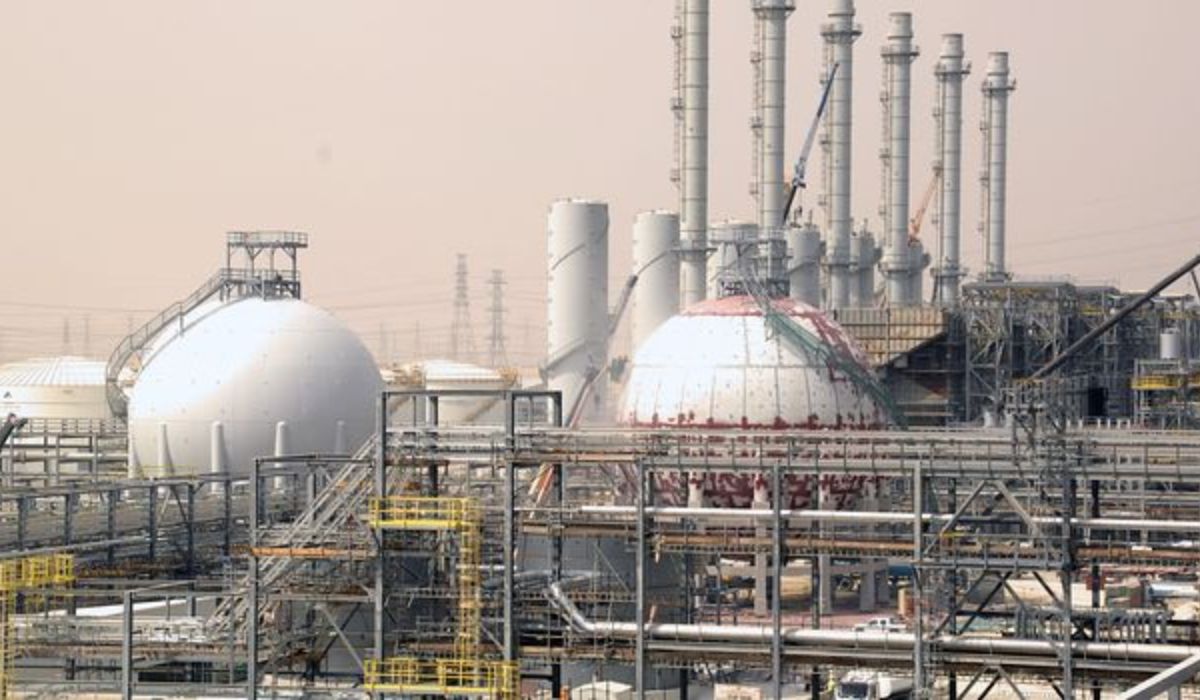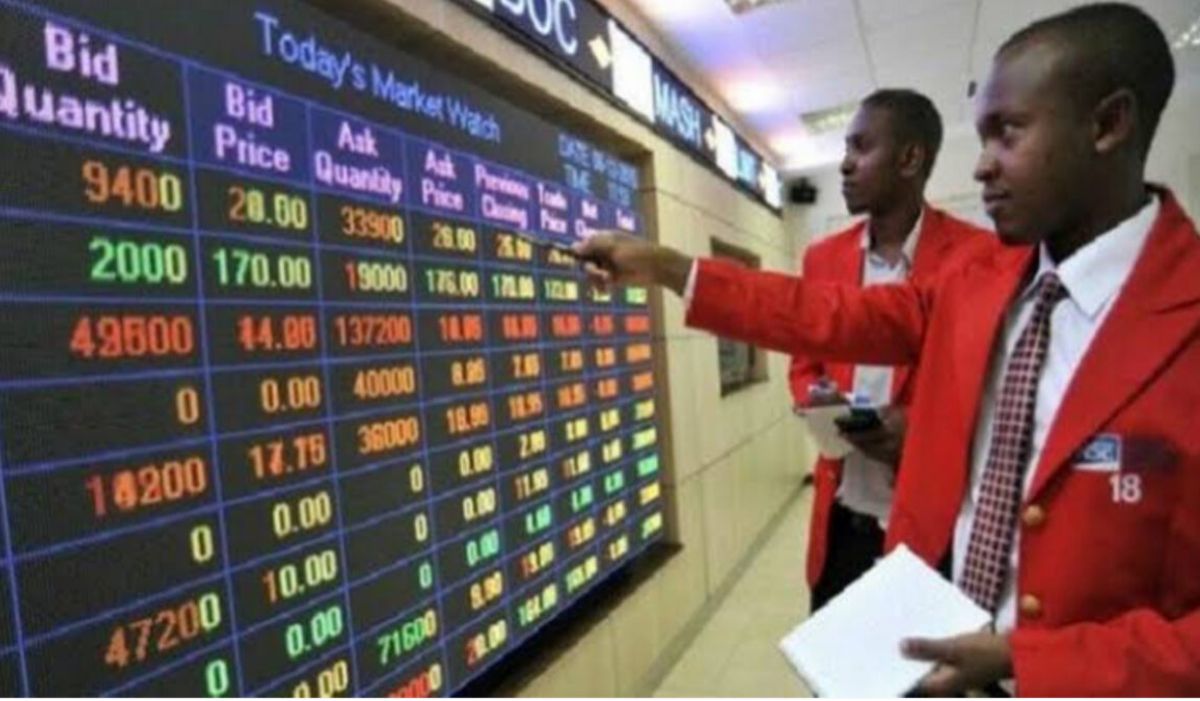Oil Prices Climb as Weaker Dollar, US-China Talks Fuel Market Optimism

Crude oil markets experienced upward momentum at the start of the week, supported by dollar weakness as market participants monitored diplomatic discussions between Washington and Beijing.
The potential for progress in trade negotiations offered hope for improved global economic conditions that could strengthen energy demand.
International benchmark Brent crude climbed 33 cents to $66.80 per barrel, representing a 0.5% increase by mid-afternoon Eastern Time. Meanwhile, the domestic U.S. benchmark, West Texas Intermediate (WTI) crude, advanced 42 cents to $65, marking a 0.7% gain, as reported by Reuters.
Both oil benchmarks posted significant weekly gains in the previous session, with Brent advancing 4% and WTI surging 6.2%, as optimism around a potential trade resolution encouraged risk-taking among market participants.
The declining dollar provided additional tailwinds for petroleum prices, with the dollar index falling 0.2%, making crude more affordable for international buyers using alternative currencies.
Following a telephone conversation between President Trump and Chinese President Xi Jinping on Thursday, trade representatives from both nations convened in London on Monday to address ongoing commercial disputes.
Market observers suggested that successful trade negotiations could provide broader economic support, potentially increasing the consumption of energy commodities.
“Discussions between the U.S. and China today regarding the tariffs are deterring selling interest,” analysts at energy advisory firm Ritterbusch and Associates said in a note.
Tony Sycamore, an IG market strategist, indicated that Monday’s diplomatic engagement might influence how markets respond to upcoming Chinese economic indicators.
Recent data from China revealed concerning economic trends, with export expansion slowing to its weakest pace in three months during May as American trade barriers reduced shipments. Additionally, producer prices experienced their steepest deflationary period in two years, intensifying pressure on the world’s second-largest economy.
“Bad timing for crude oil, which was testing the top of the range and knocking on the door of a technical break above $65,” Sycamore said, referring to WTI prices.
The economic data also indicated that China’s petroleum imports decreased in May to their lowest daily average in four months, as both state-controlled and private refineries initiated scheduled maintenance periods.
Market focus on trade developments overshadowed concerns about increased production from OPEC+ producers scheduled for the following month.
According to a Reuters survey released Monday, OPEC member nations increased output by a smaller margin than originally planned during May. Iraq implemented additional production cuts to offset previous overproduction, while Saudi Arabia and the UAE increased output less than their allocated limits allowed.
The survey revealed that OPEC produced 26.75 million barrels daily last month, representing a 150,000-barrel-per-day increase from April, with Saudi Arabia contributing the largest production boost.





